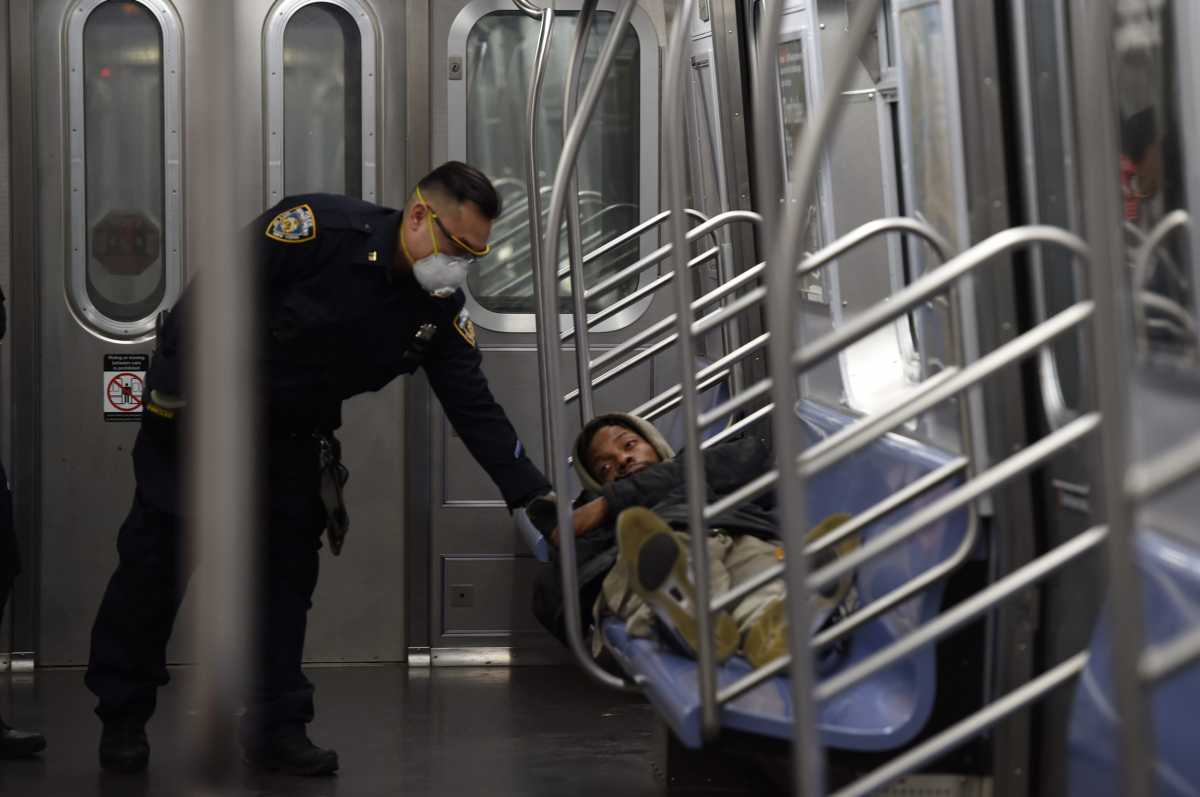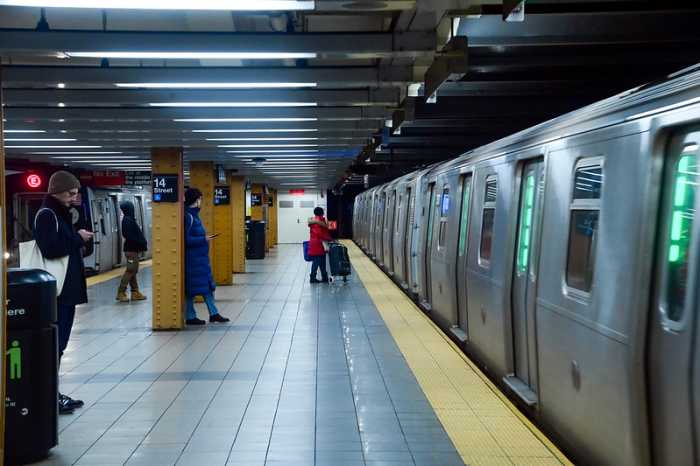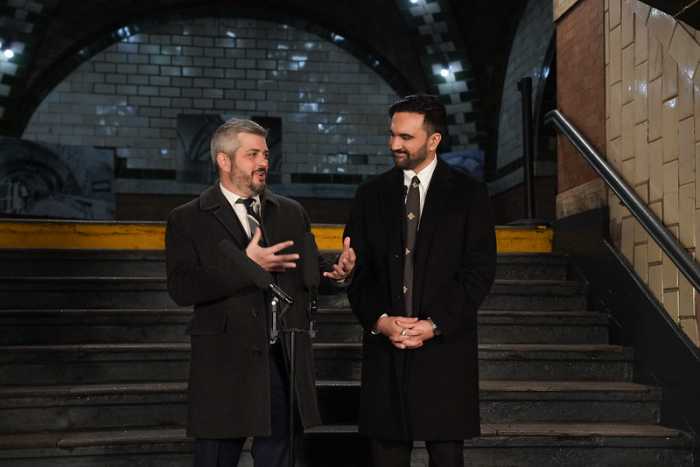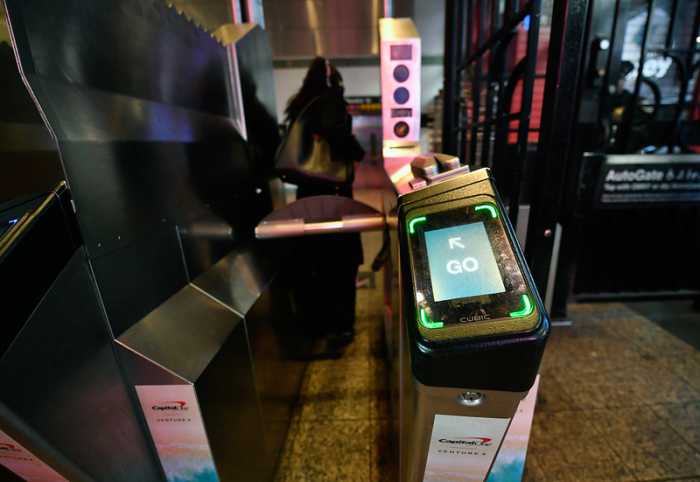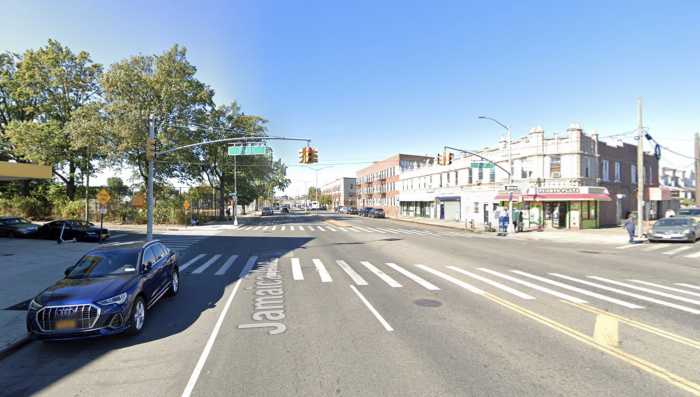After full stop in subway service for four hours in the early morning hours Wednesday, Mayor Bill de Blasio and his Department of Social Services Commissioner Steve Banks are touting progress in getting homeless people off the subways and into shelters.
According to the city administration, during the hour of 1 a.m. and 5 a.m. when the MTA dubiously made history by shutting down the subways for deep cleaning of stations and trains, social workers and cops provided outreach to 250 people.
Wednesday morning saw a swarm of NYPD officers, up to 1,000 across the subway system, and cleaning staff who went to work spraying down, mopping up and wiping train cars clean while free bus service and for-hire vehicles picked up the slack. As of Tuesday night, 109 transit workers in the MTA have died from COVID-19.
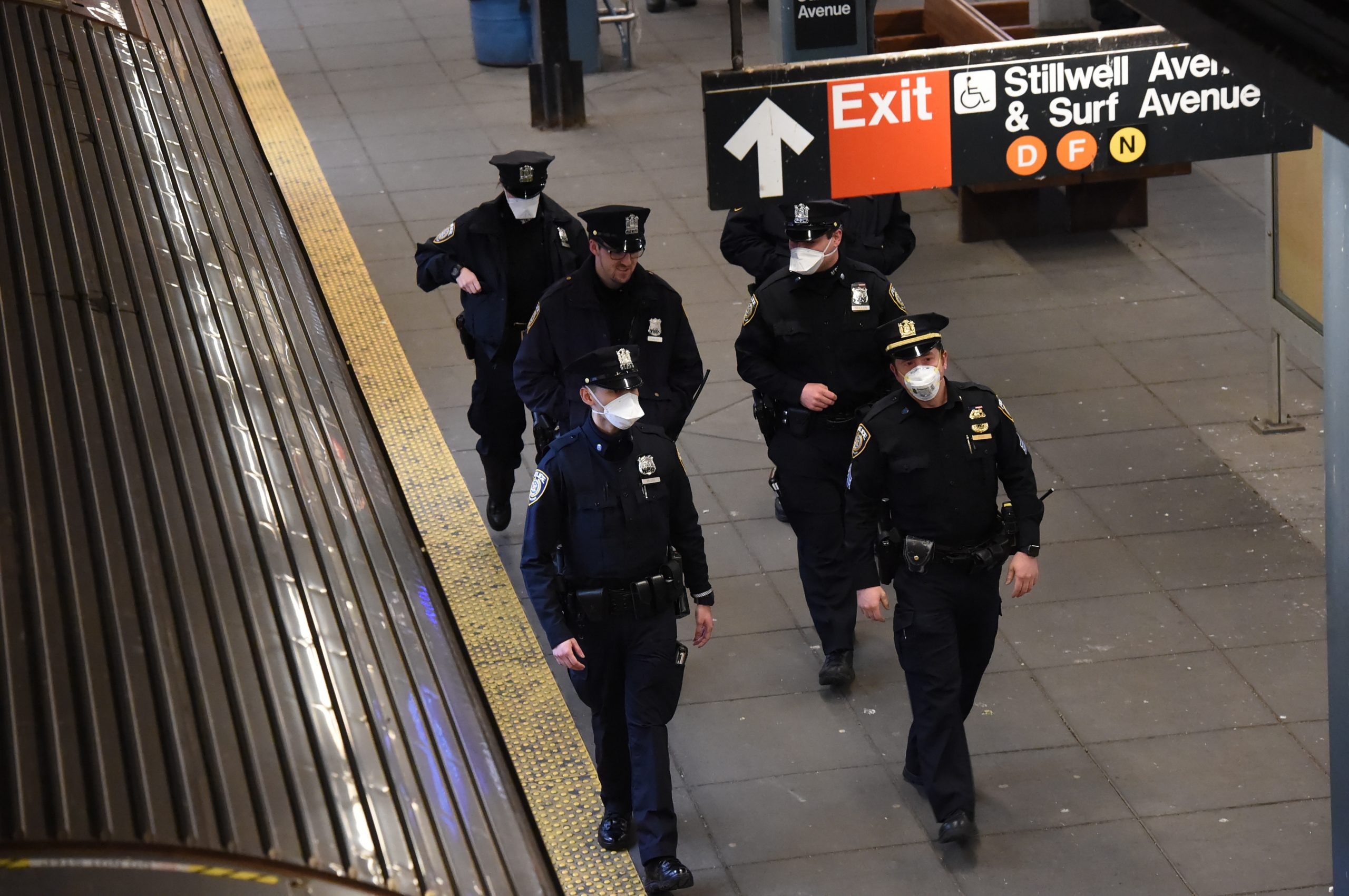
“We encountered just north of 250 people and at least 60% of them accepted services and came inside,” Banks said. “Some people may return to the street, but we’ll be back every night offering a helping hand.”
Mayor Bill de Blasio said the three-year-old HOME-STAT program is now a “well-oiled machine,” but was cautious to accept the figure of 2,000 taken off the subways and put into the shelter system.
“I don’t understand how that number can be accurate given what we know of homelessness in the city and this time of year. It’s hard for me to imagine that number of people who are actually street homeless,” de Blasio said.
But the options given to homeless people riding the subway in relative perpetuity were not celebrated by everybody.
Coalition for the Homeless took a dim view of shelters rather than hotel rooms being offered to DHS clients in light of the pandemic with the safety of many facilities across the city being called into question.
“Last night, the MTA and the NYPD began implementing a policy that is pushing hundreds of vulnerable homeless people into the streets in the middle of a pandemic,” Giselle Routhier, Policy Director for Coalition for the Homeless, said. “Meanwhile, thousands of hotel rooms sit empty — places that could be used to help homeless New Yorkers get back on their feet and maintain safe social distancing. The City and State are failing our homeless neighbors at a time when their very lives are at risk and when the solution is so easy and obvious.”
While in 2020 there were about 62,679 homeless people counted in the city’s shelter system, according to Coalition for the homeless. But across the fiscal year 2019 alone, 132,660 different homeless men, women, and children cycled through shelters.
In January 2019, the city’s Homeless Outreach Population Estimate claimed there were 3,588 people were living unsheltered, which is consistent with Banks’ current estimate of 4,000 now. But the Coalition for the Homeless policy analyst Jacquelyn Simone says this is often a “significant” undercount; there is no solid estimate of who is without shelter at any given time.
Responses to the use of police to guide New Yorkers, and the homeless, out of the station was met by sparring between groups such as the Patrolman’s Benevolent Association and Councilman Donovan Richards over Twitter.
If there were meaningful social services in this city (@NYCCouncil’s responsibility to provide), we wouldn’t have ppl sleeping on trains at all. Cops aren’t to blame for your policy failures. We are your last Band-Aid. https://t.co/qRvprISkn8
— NYC PBA (@NYCPBA) May 6, 2020



